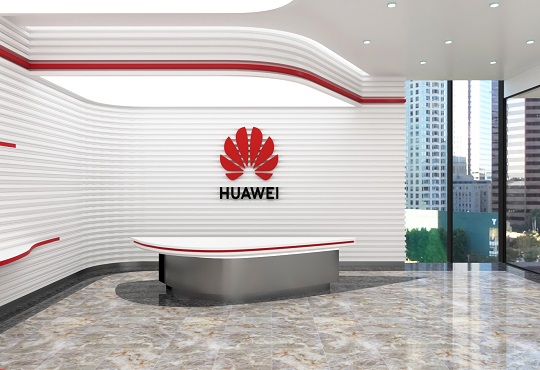Huawei Collaborates with IUCN To Leverage Digital Technology
CIOTechOutlook Team | Tuesday, 06 June 2023, 03:15 IST
 On the 50th anniversary of World Environment Day, Huawei and the IUCN emphasised technological advances in tracking endangered species and preserving their natural habitats, as well as innovative approaches to enabling efficient and equitable administration and governance of protected and conserved areas.
On the 50th anniversary of World Environment Day, Huawei and the IUCN emphasised technological advances in tracking endangered species and preserving their natural habitats, as well as innovative approaches to enabling efficient and equitable administration and governance of protected and conserved areas.
Together with the IUCN, Huawei has developed a vision for protected and conserved places that makes use of technology to further the cause of biodiversity worldwide. In order to share a blueprint for creating smart protected areas based on knowledge gained from China's protected areas, the Smart Protected Areas White Paper was introduced during the summit. It was prepared collaboratively by Huawei, IUCN China, and the Chinese Academy of Forestry.
Understanding species distribution, behaviours, seasonal cycles, and how human activities may affect these patterns is essential to protecting wildlife. This calls for a large amount of data, which might be difficult to obtain due to remote and difficult-to-access places, which are frequently made worse by harsh weather. In the beginning, scientists had to go into the field to set up camera traps in order to collect data and conduct research. These cameras required regular maintenance, battery replacements, memory card replacements, and analysis; these labour- and time-intensive tasks typically produced data and images that were many months old.
Real-time data capture and engagement are made possible by using next-generation digital technologies including cloud computing, IoT, mobile Internet, big data, and AI. This is essential to enhancing smart sensing, analysis, and management of species protection and area-based conservation activities, increasing their effectiveness and, as a result, their ability to better conserve nature.
























































.jpg)
.jpg)








.jpg)

.jpg)

.jpg)
.jpg)



.jpg)


.jpg)





























.jpg)

.jpg)
.jpg)

.jpg)
.jpg)

































.jpg)

.jpg)



















.jpg)
















.jpg)












































































































